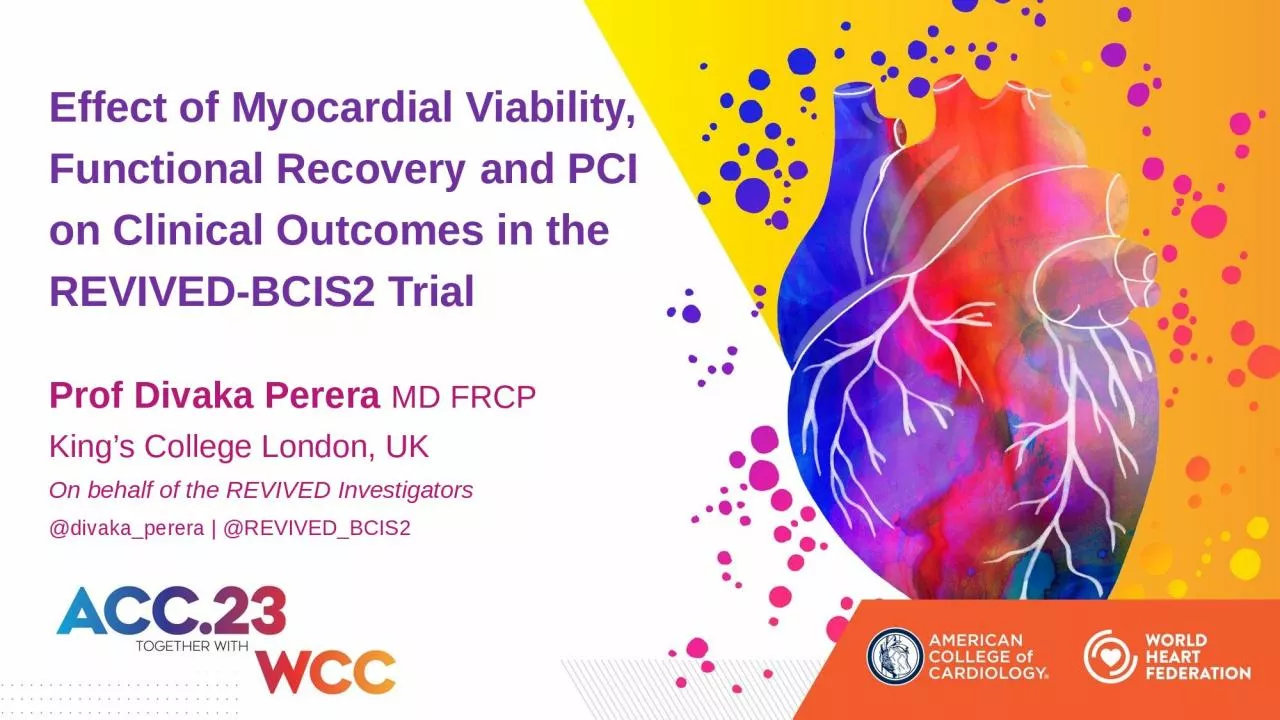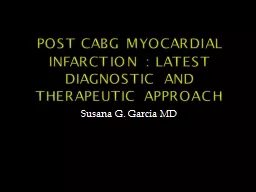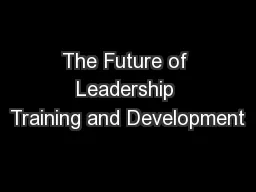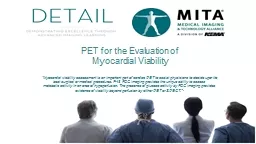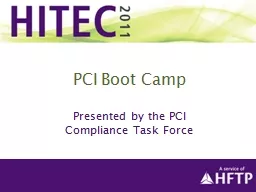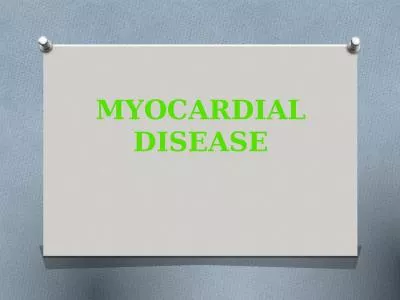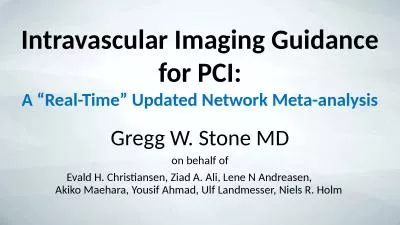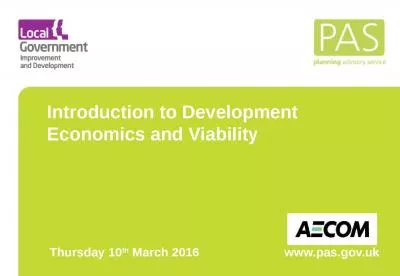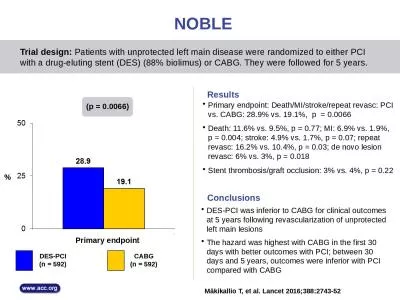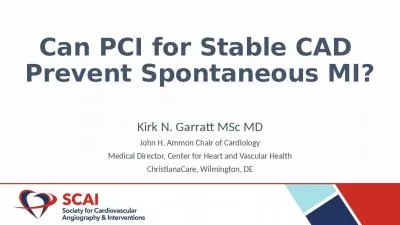PPT-Effect of Myocardial Viability, Functional Recovery and PCI on Clinical Outcomes in the
Author : brianna | Published Date : 2024-03-15
Prof Divaka Perera MD FRCP Kings College London UK On behalf of the REVIVED Investigators divakaperera REVIVEDBCIS2 Allman Shaw Hachamovitch Udelson JACC
Presentation Embed Code
Download Presentation
Download Presentation The PPT/PDF document "Effect of Myocardial Viability, Function..." is the property of its rightful owner. Permission is granted to download and print the materials on this website for personal, non-commercial use only, and to display it on your personal computer provided you do not modify the materials and that you retain all copyright notices contained in the materials. By downloading content from our website, you accept the terms of this agreement.
Effect of Myocardial Viability, Functional Recovery and PCI on Clinical Outcomes in the: Transcript
Download Rules Of Document
"Effect of Myocardial Viability, Functional Recovery and PCI on Clinical Outcomes in the"The content belongs to its owner. You may download and print it for personal use, without modification, and keep all copyright notices. By downloading, you agree to these terms.
Related Documents

